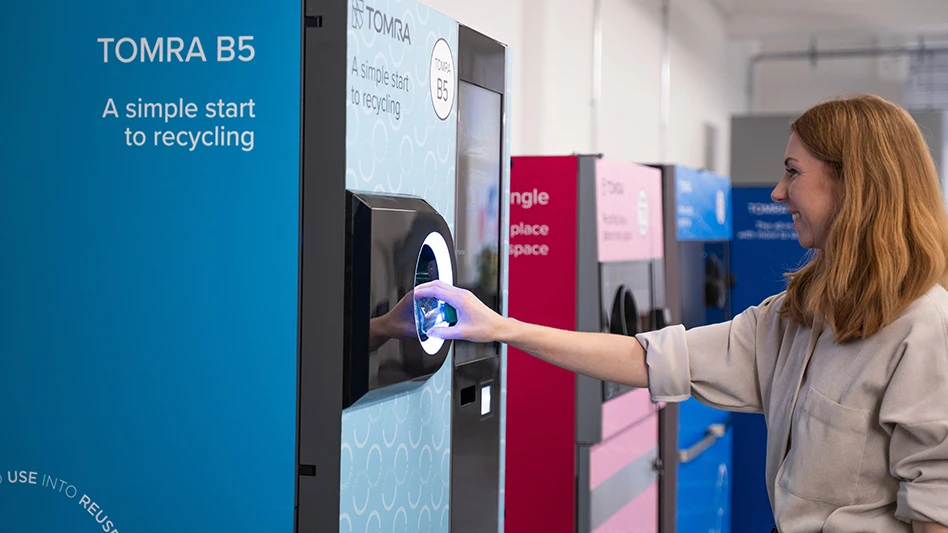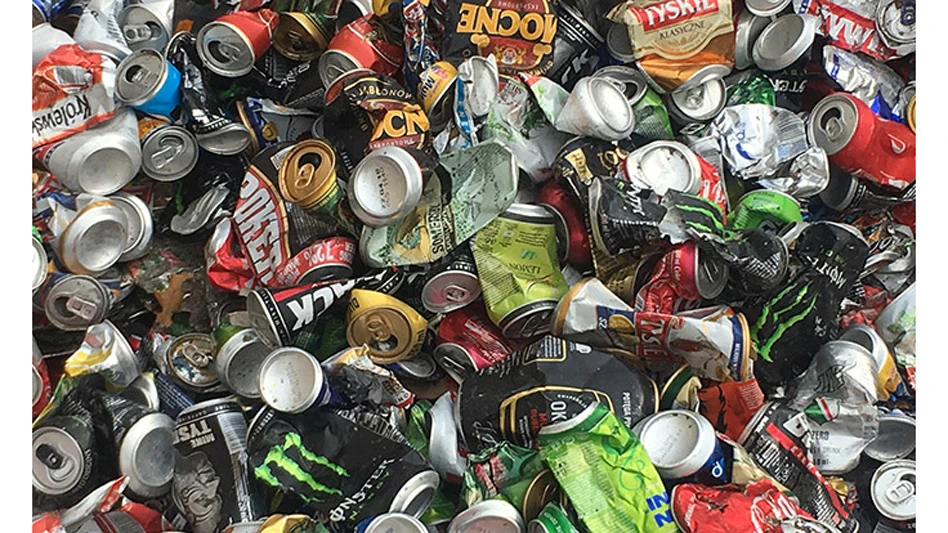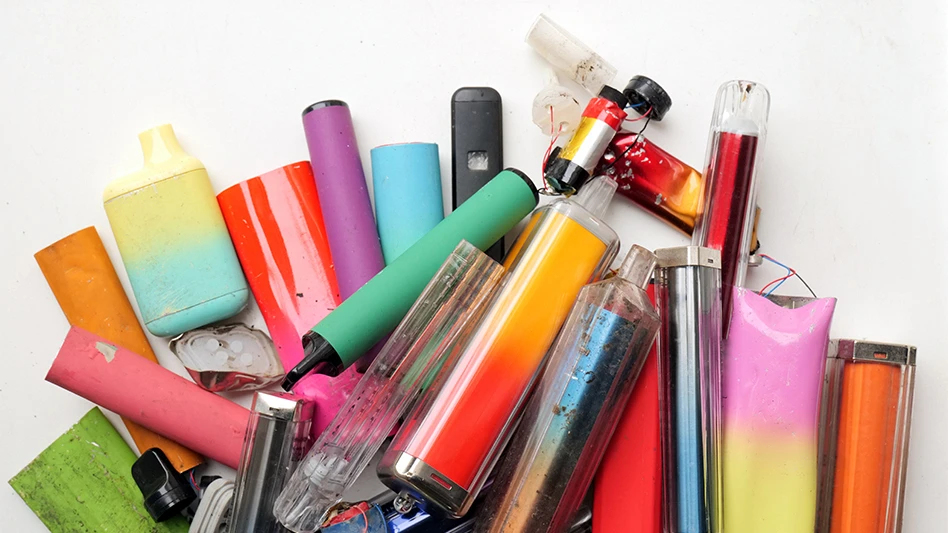
Stina Inc., Sonoma, California, has released “2021 Assessing the State of Food Grade Recycled Resin in Canada & the United States,” a report that was commissioned by Environment and Climate Change Canada.
The report is in support of the Canadian government’s work toward meeting its comment to work with industry to incorporate at least 50 percent recycled content in plastic products, where applicable, by 2030.
Stina says its staff talked with 16 companies (five reclaimers/recyclers, four consumer packaged goods companies, three converters, two trade associations and two equipment manufacturers) known to produce or consume large quantities of food-grade postconsumer resin (PCR) in North America in addition to reviewing a number of publicly available reports. The company’s report details the challenges across the mechanical recycling value chain and where investments are needed. It also addresses solutions to increase recycled resin in food packaging applications over the next five to 10 years, including increasing collection and recycling polyethylene terephthalate (PET), high-density polyethylene (HDPE) and polypropylene (PP) for use in food-grade applications.
According to the study, “In Canada and the United States, the vast majority of plastic products and packaging produced each year and placed on the market is not suitable for processing into food-grade PCR. Interviews and research point to three primary reasons for this: The package or product was initially produced using nonfood-grade resin (virgin or PCR); converters add nonfood-safe additives during product or packaging production; or packaged products leach nonfood-safe contaminants into the package.
Stina’s research has identified a number of barriers to using PCR in food-contact packaging:
- limited source of food-grade suitable plastic—Flat or declining recycling rates for the three main plastic categories used in food-grade packaging means little source material is available to be recycled back into food-grade recycled resin;
- insufficient recycled-content verification requirements limit benefits to companies—Products on the market might claim they use PCR but instead contain postindustrial resin or off-specification virgin resin. Recognized and accepted standards to verify recycled content allow those companies truly using PCR to realize a competitive advantage and/or gain recognition for using postconsumer feedstocks that reduce waste and conserve resources; and
- insufficient economic drivers—The environmental benefits of using PCR are overshadowed by the economic drivers of a linear economy, including low-cost disposal, low-cost virgin resin prices and little market accountability for producing a product that is not recyclable.
To address these issues, the report calls in part for greater transparency in the chemical composition of products to ensure the suitability of products for recycling in food-grade PCR; expanded use of design for recycling to improve the quality of collected material; requiring recycled-content verification (e.g., standards and labeling) to reduce false claims and drive market efficiency; and the use of various economic incentives that value products and packages with lower overall environmental impacts, including rewarding companies committed to using PCR in their food packaging. According to the report, decoupling the price of PCR from virgin resins via recycled-content requirements or advanced disposal fees would help level the playing field between virgin resin and PCR.
The report from Stina concludes, “There is a need for a holistic, systems-based approach to more recovery and reduction of environmental impact from plastics. Throughout the process, care must also be taken not to achieve the target and the associated environmental benefits at the expense of other unintended consequences that may come at a greater environmental cost.
“ … Use of PCR within food safety guidelines is a critical step in the journey toward circularity and improved environmental performance of packages and products.”
The full Stina report can be accessed here.
Latest from Recycling Today
- ReMA urges open intra-North American scrap trade
- Axium awarded by regional organization
- China to introduce steel export quotas
- Thyssenkrupp idles capacity in Europe
- Phoenix Technologies closes Ohio rPET facility
- EPA selects 2 governments in Pennsylvania to receive recycling, waste grants
- NWRA Florida Chapter announces 2025 Legislative Champion Awards
- Goldman Sachs Research: Copper prices to decline in 2026





